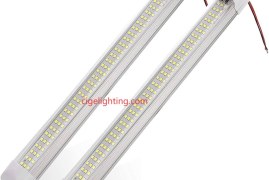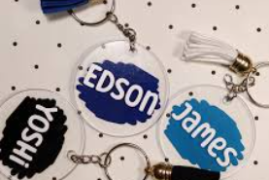Water planning can make or break a multi day outdoor trip and choosing the right container matters. A Camping Water Pot is more than a vessel it becomes the central piece of a hydration and cooking system that keeps a group moving smoothly through changing weather and trail conditions. As more people return to outdoor travel and parks see heavier use during heat events careful measurement and smart rationing keep trips safe and enjoyable.
Calculation formula
Start with a simple formula that guides planning. Daily need equals per person base consumption plus an activity climate adjustment coefficient. The base covers drinking needs while the adjustment factor scales with exertion level and ambient heat. Use the formula as a planning tool rather than a fixed rule because terrain and pace change.
Estimating water for cooking and cleaning
Cooking and cleaning choices change how much water you should carry. Quick meals that rely on instant rehydration or ready made components need less cooking water than meals that start from raw ingredients and require extended boiling. Cleaning for hygiene can be handled with small dedicated amounts or by choosing alternatives that reduce water demand. For each meal decide whether you will cook raw ingredients or use minimal prep. That decision drives how much extra should be added to the daily total for communal pots and pans.
Practical rationing techniques
Rationing works best when it blends comfort with conservation. Use water for multiple tasks rather than dedicating separate quantities. For example leftover cooking liquid can be used for rinsing plates or wetting a cloth for quick wipes. Wet wipes and biodegradable cloths can replace a full sink wash when hygiene needs are moderate. Share drinking water in measured sips during intense activity to extend supply without causing discomfort. Breaking the day into morning midday and evening allocation slots helps a group monitor use and adjust on the fly.
Water source planning and backup strategies
Map refill points along your route and confirm access before you rely on them. Day to day planning should list likely water sources and an alternate in case a primary site is dry or closed due to local restrictions. When refilling always top off the pot and consider carrying a small reserve in a separate bladder or bottle so a single contaminated container does not compromise your backup. If you expect limited refill opportunities prioritize a larger central pot for boiling and a compact serving vessel for measured drinking.
Emergency reserves and safety margins
An emergency buffer is not about panic it is about resilience. Hold an additional reserve per person that is kept sealed and only used when a refill fails to appear. Store emergency water in a part of the pack that stays accessible so you can reach it without unpacking everything. Keep treatment tablets or a compact filtration device in the kit so uncertain sources become usable and the reserve remains for true emergencies.
Backpack water plan template for a three day trip
- Day one start pot fill plan and serving allocation notes
- Day two refill point target and reserve top off area
- Day three conservative use notes and final reserve for return
Tips for real world conditions
When public refill infrastructure expands during busy travel seasons it helps to plan for shorter carry distances and lighter packs. During heat waves and when trails are crowded pack more water and choose shaded rest spots to slow dehydration. If local advisories limit access to natural sources adapt by shifting to packaged meals that reduce cooking water needs. The container you choose should support these adjustments. A sturdy camping pot that accepts heat directly and pours without spilling simplifies both cooking and measured serving.
Why the container design matters
A pot that heats quickly and pours accurately reduces wasted boiling time and lost water. A wide mouth makes filling and cleaning easier while a secure lid keeps contaminants out during transport. Lightweight materials that tolerate flame and repeated use extend service life and reduce pack weight. Select a pot that fits your group’s normal serving sizes so you avoid carrying excess volume day to day.
Planning water for a multi day trip is a mix of arithmetic and on the ground judgment. Use the calculation formula and the templates to create a clear plan then stay ready to adapt as weather and access change. A reliable Camping Water Pot that matches your cooking style and refill plan makes rationing straightforward and keeps every member of the group comfortable and safe. Check outdoor cookware options and find pots designed for efficient heating measuring and serving at http://www.aijunware.com/product/ .


Leave a comment